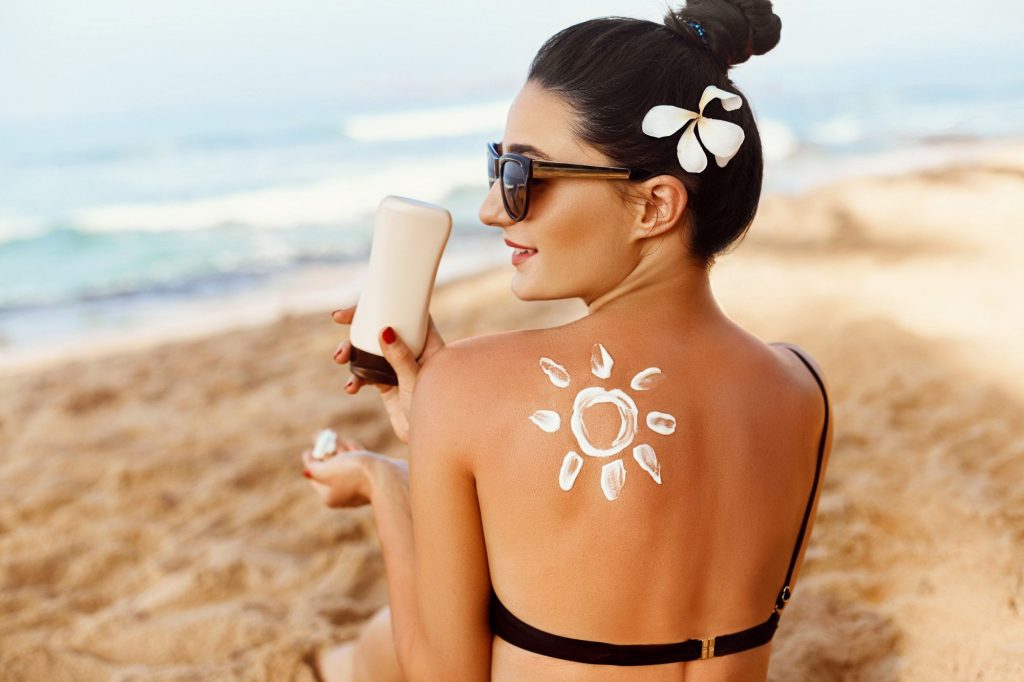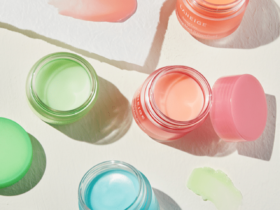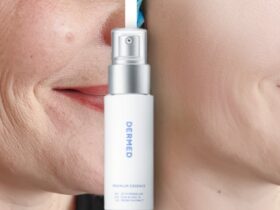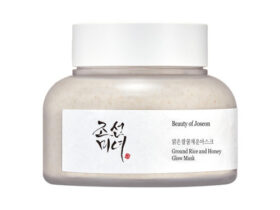Get to know the difference between sunscreen and tanning lotion! Read on to understand the benefits and use of each one.
Introduction
There’s no denying that summertime is the perfect time to tan. Not only does the weather allow for outdoor activities like swimming and sunbathing, but it also means that people have more time to get tanned.

Tanning sheets are a great way to get a tan without going outside. They’re affordable, easy to use, and come in different colors, so you can find one that suits your skin tone. There are also self-tanner lotions and gels that you can use at home, which offer a gradual tan rather than an instant one.
It’s important to remember to apply sunscreen every day when you’re tanning – even if you’re using a self-tanner. The sun’s ultraviolet (UV) rays can cause skin cancer, so it’s essential to take all necessary precautions to protect your skin!
What is Sunscreen?
Sunscreen is a type of topical protection that helps to prevent sunburn and other skin problems caused by the sun. It’s usually made from a variety of ingredients, including filters, antioxidants, and UV blockers.
When applied to the skin, sunscreen blocks the sun’s rays from reaching your skin. Sunscreen also has a cooling effect on the skin, which helps to reduce inflammation and discomfort.
Most sunscreen products are designed to be used daily, but you can also use them as needed depending on your skin type and location. Be sure to apply it evenly and liberally – too little sunscreen can increase your risk of developing cancer or other skin problems. And keep it away from your eyes – even a tiny amount can cause severe damage.
What is Tanning Lotion?
Tanning lotion is a topical cream or gel used to tan artificially. It’s usually applied to the skin before going outside in the sun to increase the chance of getting a tan.
Tanning lotion is made from several ingredients, including diclofenac and hydroquinone. Diclofenac is a type of NSAID (non-steroidal anti-inflammatory drug) that helps relieve pain and inflammation caused by sunburns. Hydroquinone is an oxidant, which means that it helps maintain the skin’s color while tanning.
While tanning lotion isn’t strictly harmful, it’s still important to be aware of the potential side effects. Most notably, it can cause skin irritation and even cancer if it’s applied excessively or in high doses. It’s also important to avoid using fake tans products because they may contain harmful chemicals that are not listed on the label.
The significant difference between Sunscreen and Tanning Lotion

Sunscreen is intended to protect the skin from the sun’s harmful rays by absorbing them and then blocking them from the skin. Tanning lotion, on the other hand, is designed to create a tan by exposing the skin to UV light.
There are several critical differences between sunscreen and tanning lotion:
- Sunscreen generally contains a higher SPF (sun protection factor) than tanning lotion.
- Sunscreen protects against UVA and UVB radiation, while tanning lotion only protects against UVB radiation.
- Sunscreen can be worn under clothing, while tanning lotion must be applied directly to the skin.
- Sunscreen typically comes in a cream or gel form, while tanning lotion can come in various formulations, including spray tents and wipes.
Conclusion
The significant difference between sunscreen and tanning lotion is that sunscreen is designed to keep you safe from the sun’s harmful UV rays, while tanning lotion is designed to create a tanned complexion. Both products have their benefits and drawbacks, but choosing the one that best protects you from the sun is essential.











